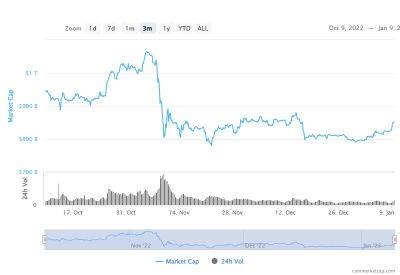Can real-time transaction simulations prevent scammers from stealing crypto assets?
This year was a turbulent one for the whole crypto space. From NFTs to DeFi and exchanges, all areas of the industry felt the cold blows of crypto winter. Unfortunately, such an unfavorable climate is the perfect breeding ground for scammers to exploit distressed investors’ crypto wallets.
The most recent examples of crypto scams include hackers stealing NFTs through over 500 fake phishing domains, while robocallers started targeting FTX customers in the aftermath of the exchange’s crash.
Such malicious attacks have become an everyday occurrence in the space, and the crypto community is actively working on protective measures. On one hand, investors are becoming wearier when interacting with Web3 domains and signing off access to their crypto wallets. On the other hand, up-and-coming teams are developing tools to give investors more ways to protect themselves against malicious actors.
As things stand today, the inner workings of the crypto space remain a mystery to many users, despite the growing popularity of digital assets. Smart contracts, access permissions, transaction details and how the blockchain actually works are still shady areas for many.
This lack of education and understanding on the part of investors is where hackers and malicious actors find a weak point to target their attacks. They create fake websites to lure investors looking for the next hot NFT collection or send shiny spam emails urging users to sign up for a free airdrop. Scammers are everywhere. Regardless of the medium used, phishing attacks are the most common way that crypto investors lose their digital assets for good.
The best way to protect users from phishing attacks is to give them the information they need to understand what happens with
Read more on cointelegraph.com




















